The 2018 article that never ran.
A never-published story about the freedmen community in Clarksville will make you rethink Austin history.
Publishing this story won't change Clarksville’s history, but I want to share it anyway.
Back in 2018, I met Stephanie Lang, who came on our Austin360 podcast, “I Love You So Much,” to talk about a photo exhibit I’d just seen at UT called “Seen and Unseen.”
It was about what we can and cannot see in Clarksville, the historic Black freedman community that is now one of the most expensive neighborhoods in Austin.
I wanted to write a bigger story tied to a walking tour of Clarksville that was happening at the time. So, I went on the tour, reported and wrote the story, but my editors and I could never see eye to eye on it.
I guess there were some controversial parts of the story — I don’t remember the details, but I know the photo exhibit closed and the tours ended by the time the story was finally ready to publish.
So, the story never ran.
It sat in my Google Drive for three years until last week, when I pulled it back out.
I’d just seen “Black Is Beautiful: The Photography of Kwame Brathwaite” at the Blanton, which featured the fashion, music and photography from the African Jazz-Art Society, and thought of the stunning images from the Dallas-based photographer Hakeem Adewumi from this 2018 exhibit.
I decided it was time to finally publish this piece.
Everyone in Austin needs to know about these parts of the city’s history, especially as it continues to grow and change. The Texas Confederate Home. The Pease Mansion. The passive and active racism that these recent ancestors faced (and that some of our ancestors inflicted).
We need to see what we haven’t seen before.
“Black Is Beautiful” closes on Sunday. Go check it out. And read this story.
_____________________

Austin’s historic Clarksville is ‘Seen and Unseen’
The hills and history of Clarksville become apparent when you are on foot, walking up and down the now-paved streets.
In the 1950s, when Nau’s Enfield Drug opened on West Lynn Street on what was then the western edge of downtown Austin, the historic freedman community was connected to the city but not exactly attached.
This was 20 years after Austin’s notorious 1928 city plan, which meant the city was still withholding basic infrastructure service, including sewage and paved streets, from Clarksville.
But residents, many descendants of emancipated slaves, continued to live in the neighborhood, even as they worked in other parts of the quickly growing city.
“These were all dirt roads. When it rained, the hill would flood and wash out the road,” says Jennell Benson, a government and African studies major at UT who guided a walking tour in 2018 that traversed the steeply inclined streets.
The City of Austin didn’t improve Clarksville’s dirt roads until the mid-1970s, and residents didn’t get running water until the 1960s, both reminders of Austin’s discriminatory housing policies aimed to push non-white families out of the city center.
As the group walks along the car-lined pavement, the guides point out which homes belonged to important figures in Clarksville’s past and how the architecture of the current homes reflects the freedmen cabins originally built there in the late 1800s.
A handful of UT students, all African & African Diaspora Studies (AADS) majors, were leading the walking tour of this neighborhood, founded in 1871 by a newly emancipated Charles Griffin Clark, who had been enslaved by governor Elisha Pease.
(Pease, whose mansion still stands near the northern edge of the neighborhood, started selling off parts of his Woodlawn estate after the Civil War. The park’s namesake likely fathered several children with women under his enslavement, according to local historians.)
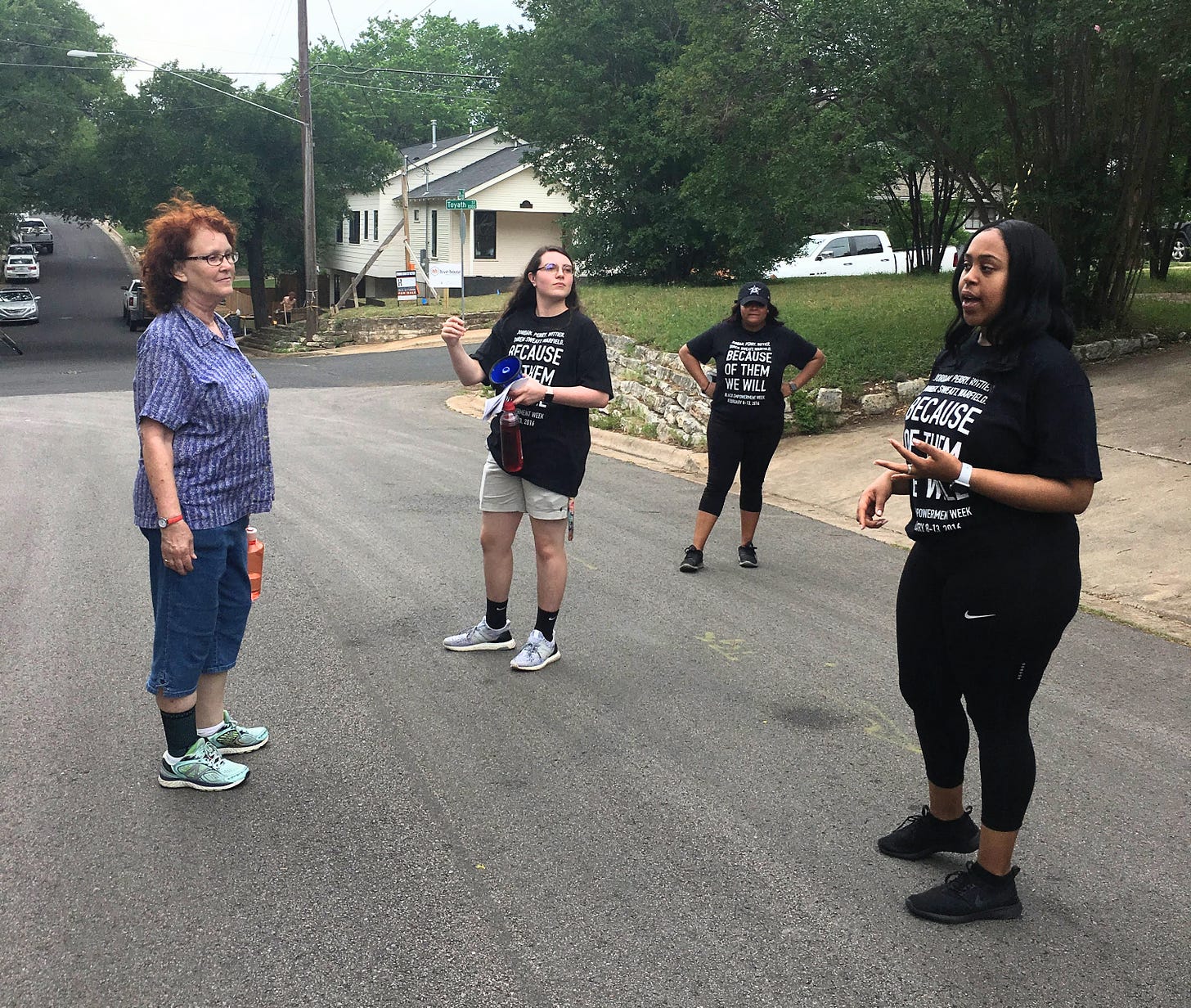
With construction noises in the background, the group stops at the intersection of 11th and Toyath streets, listening to the hammering that broke the stillness of the moment.
“Close your eyes and imagine what this intersection would have looked and sounded like,” says Maranda Burkhalter, one of the UT student leaders. “Think about what you are seeing, what you are not seeing, what could have been here.”
Most of the homes feature large, modern additions towering over what were once small, board-and-batton homes, often with two doors on the front. One home, a bleached-white house with dark trim and a large minimalistic addition in the back, retained vertical boards in the front and the side-by-side doors, but closed one of them off.
She explains that this two-door Cumberland style is a symbol of the historic architecture used by Black Americans before and after Emancipation. Many families in the first 100 years of Clarksville would rent out the other half of a house for additional income.
The Clarksville Community Development Corporation has strict building standards to preserve the history that remains, but that protection has led to a quiet, tree-filled neighborhood full of “character,” just few of the residents who created that character in the first place. With a median home value near $600,000, real estate agents can use these unique details and the neighborhood’s historic status as a selling point.
Surrounded by what is now high-end real estate, it’s hard to imagine that 50 years ago, the entire neighborhood was almost wiped out to build two highways.
Only one of the highways, MoPac, came to fruition. despite persistent opposition from community members, more than a third of the homes were demolished, and some families that had lived in the same home for nearly a century were forced out. But residents’ protests didn’t go unheard. The city didn’t follow through with plans to build the second crosstown highway, which would have wiped out what remained, but the changes that followed was swift and sweeping.
Seen and unseen
Among the people on the tour is Stephanie Lang, a fifth-generation Austinite who had been the program administrator at UT’s John L. Warfield Center for African & African American Studies at the time of the exhibit. (Lang is now the Director of Equity and Community Engagement at UT’s Center for Community Engagement.)
“My great-great grandparents had a farm on the other side of MoPac,” says Lang, who calls herself a community curator. “My great-grandparents lived in a house with green trim up the street and to the left.”
For years, Lang has been thinking about what Clarksville meant to her ancestors and what it was like when they were living here, so last year, she started working on a photo exhibit for the Warfield Center with two local photographers, Celeste Henery, an ethnographer and anthropologist at UT, and Hakeem Adewumi, who was in South Africa on a Fulbright scholarship at the time of the exhibition.

The show, “Seen & Unseen: a Sunday afternoon in Clarksville,” was on display during the summer of 2018 at the IDEA LAB, which is part of The Galleries at Black Studies at UT, an incredible collection of art from the African diaspora.
The exhibit sparked a larger conversation — one that I haven’t stopped thinking about several years after seeing it — about what happens when a community is displaced and what role African Americans had in resisting early attempts to move them out of the neighborhood and the gentrification that followed.
Although critics might say that the changes in Clarksville in the past 50 years were a natural part of a city’s transformation, historians and activists push for that conversation to include what Austin lost in that displacement and who paid the price.
“There are so many things that you would just pass by and not notice in Clarksville that are really speaking to the history and to the nature of that community,” Lang says.
Few patrons of the nearby businesses on West Lynn Street take a detour down 11th Street to notice a water cistern in one of the front yards, which was featured in one of the photos and is a reminder that Clarksville did not get running water until long after the rest of the city.
In another photos, a pair of hands holds pieces of broken glass from bottles. Lang suggests that the bottles could have been used to carry water from the cistern to the dozens of homes in the neighborhood that didn’t have access to running water. The hands belong to Lang’s mother.
“The fragments and bottles ask questions: What was going on when they left them behind? Did they have to leave quickly? All of that (history) is still in the land. All of that is in the geography.”
In one image, where a casual viewer might see a rusty fence outside the Sweet Home Missionary Baptist Church, Lang points out that the fence is mended with a mattress spring, an example of the resourcefulness of a community that found a way to have enough.
Stairs to nowhere
It’s rare to see a large, undeveloped tract of land anywhere near downtown, but toward the end of the recent walking tour, Benson pointed to a densely wooded forest on the southern edge of Clarksville.
“This is where the Texas Home for Confederate Men opened in 1891,” she said. The housing and treatment facility for Civil War veterans and, later, men who were otherwise mentally unstable or needed long-term care sat on 26 acres on the southern edge of Clarksville, between 10th and Sixth streets, and it didn’t close until the 1970s.
Just around the corner from where Jeffrey’s and Cipollina now stand, you can still see the low rock wall (above) that served at the divide between the Black families who called Clarksville home and the former Confederate soldiers lived on the other side.
“As a freedman community, you can imagine how unsettling it would be to be here, how terrifying it would be in a time not so extended from slavery,” Burkhalter says.
Hidden in the lush forest that remains — the land belongs to the University of Texas, which explains why it remains undeveloped, despite its proximity to downtown — trespassers would find the staircase to the Confederate home.
The building is long gone, but the stairs remain, captured in eerie beauty for the Warfield exhibit by photographer Hakeem Adewumi. (Adewumi has a current show at a private gallery in Dallas that ends on Sept. 30 called “Behold the People: Evidence of Things Not Seen.”)
Adewumi, whose Fulbright project was about the LGBT community in South Africa, says that what happened in Clarksville is both unique and universal.
“There are unique examples of racism found throughout this city, and it is important that we sit with this evidence to help ground our expedition to a truly inclusive city,” he says.
Countless African Americans in Austin have personal ties to Clarksville, but as the years progress, it’s easy for people who don’t have that personal connection to sweep the memories of those who do under the rug, Adewumi says.
By working on this project, Adewumi says that he’s been able to see his grandfather’s neighborhood in Fort Worth, which has undergone similar changes since the 1950s and 1960s, in a new light.
“I’ve recognized there is a Clarksville in every city, and in every Clarksville, there is my family.”
Preserving what remains
Clarksville, of course, isn’t the only community whose residents have been displaced by gentrification, but it’s one of the few with an active historic preservation board that also runs an affordable housing program serving about 10 families.
Thanks to the efforts of the CCDC and noted activists, including Mary Baylor and Pauline Brown, who have a Clarksville park and community center named after them, respectively, the stories about some of the homes and the original neighborhood have been preserved, even as new residents move in.
The Haskell House, a replica of the 1875 cabin built by a freed slave named Peter Tucker, is now a City of Austin park housed on a small lot with a community garden in the back. Named for Hezekiah Haskell, a Buffalo Soldier who also fought for the Union during the Civil War and lived there after Tucker, the house today only bears the original chimney, but it gives the most authentic glimpse of what a piece of property in Clarksville might look like 100 years ago.
Ben Mays’ home, originally built in 1884 and rebuilt in the 1930s, still stands and is a private home, but now, with a rainbow flag out front. Other front yards feature “Black Lives Matters” signs, and there’s a little library box in another. There were about 265 Black-owned homes at one point, but now there are four, with another handful renting through the CCDC’s affordable housing project.
Throughout all these changes, one of the historic properties that has been saved is the Sweet Home Baptist Church, which has been the cornerstone of the community since it opened in 1882. (Church services before then were held in the original Haskell House.)
The circa 1935-building that remains on the property now is in need of repairs. The congregation continues to meet every week for services, which they continue to livestream due to the ongoing pandemic.
Reckoning, reconciliation
Ethnographer Celeste Henery spent several Sundays going to Sweet Home with Lang to photograph the members who keep the church alive.
Many of the churchgoers, now in their 60s and 70s, who grew up in the neighborhood can recall a childhood spent running around what might have felt more like a rural community than an urban one, even up until the 1970s. “Through their voices, we heard the names, house by house, of the residents of their times,” Henery says.
“I recognized that Black residents of Clarksville, past and present, have complex feelings around the space as cultural memory and its transformation, including its unaffordability and the displacement of its founding community,” she says. “I didn’t want to open old wounds or be exploitative…but I think it’s important to understand we have a relationship with space that goes beyond ideas of ownership and occupancy,” Henery says.
Lang is still sorting out some of these questions herself.
“I went into this project wanting to talk about gentrification and displacement, but what I realized was I needed to let the community speak for itself,” she says. “It is a reckoning. It is a love letter. It is a prayer,” she says. “It is a reconciliation. It is all those things.”




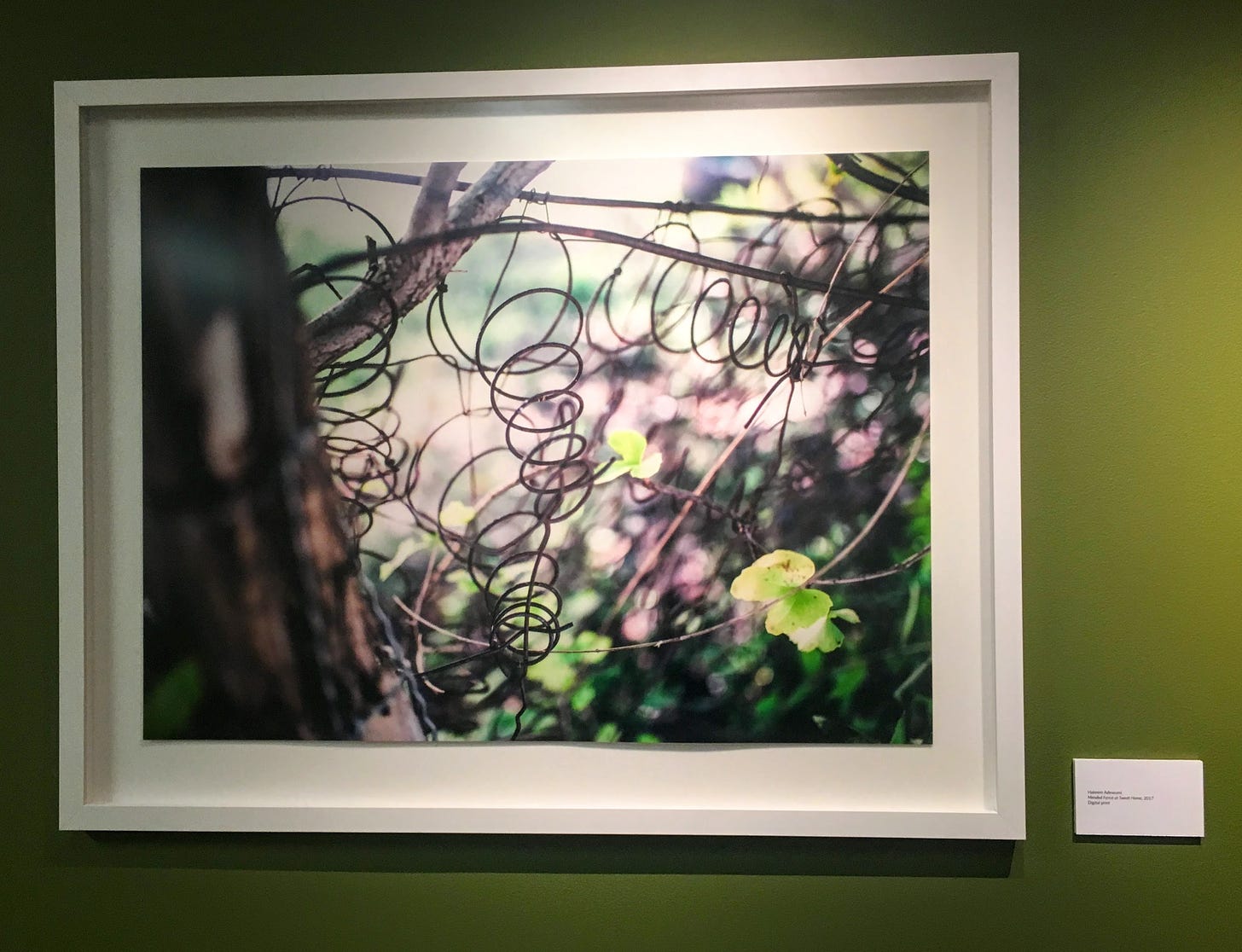

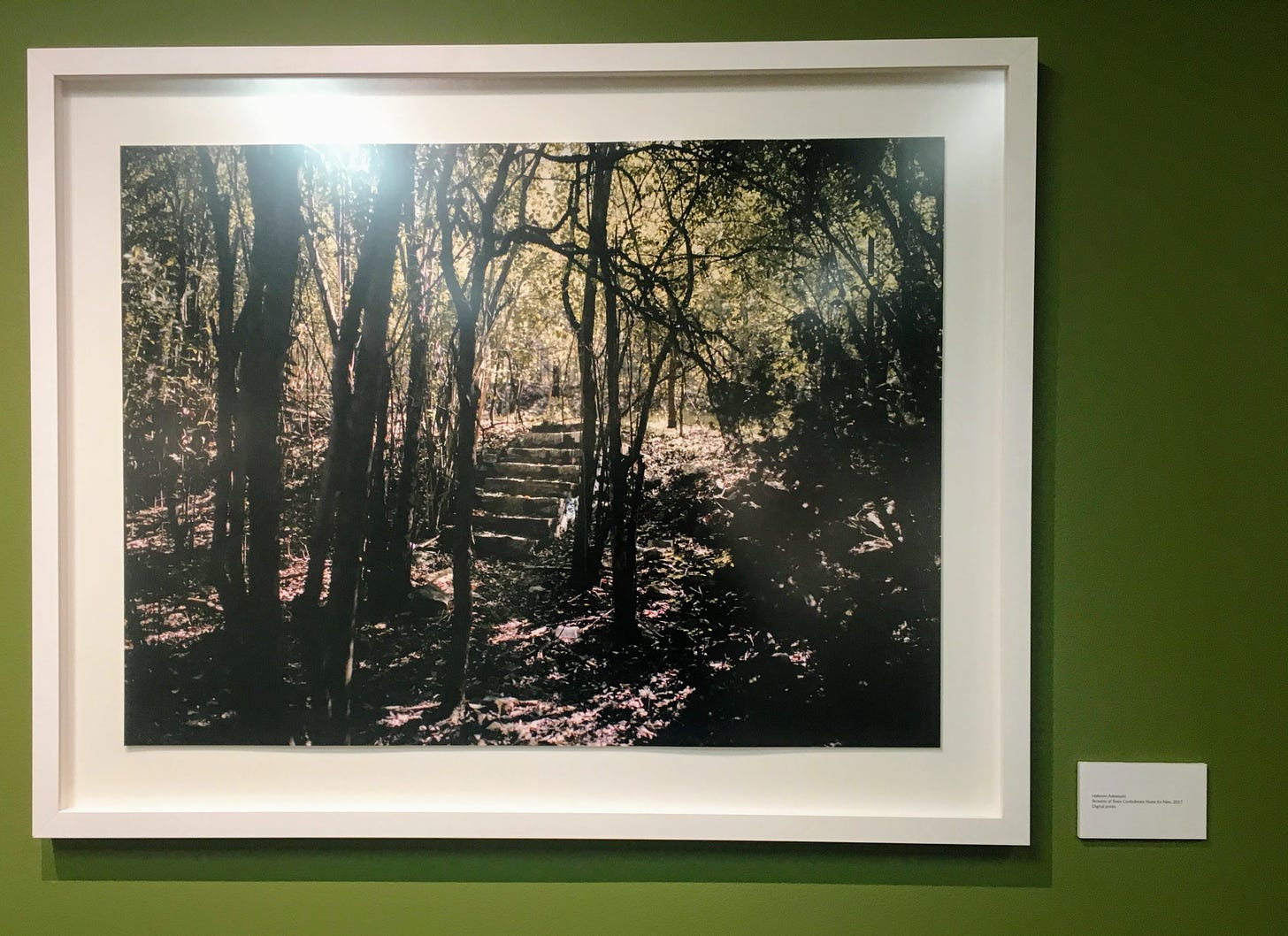
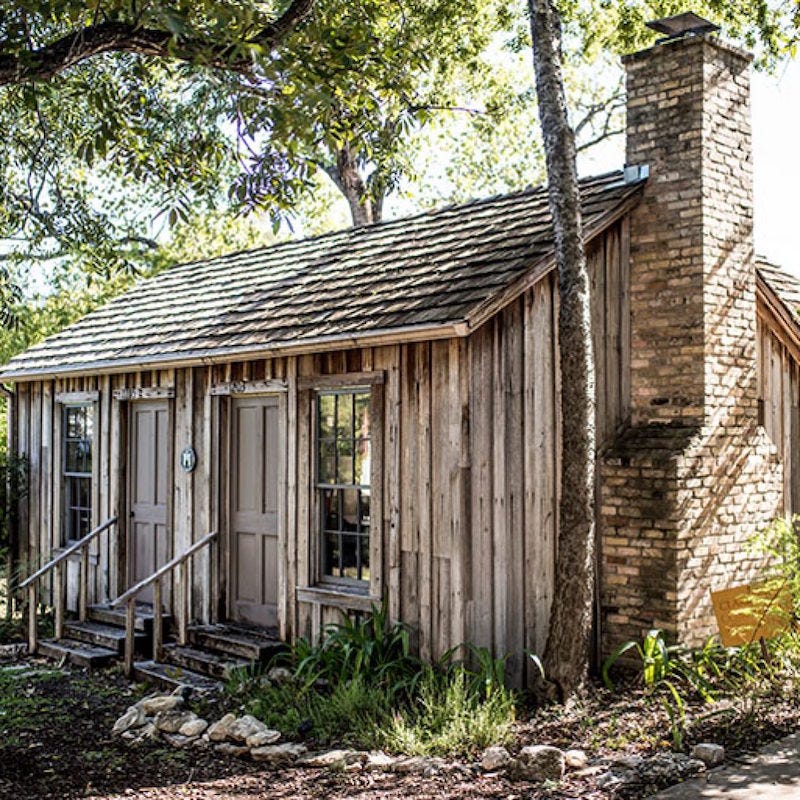
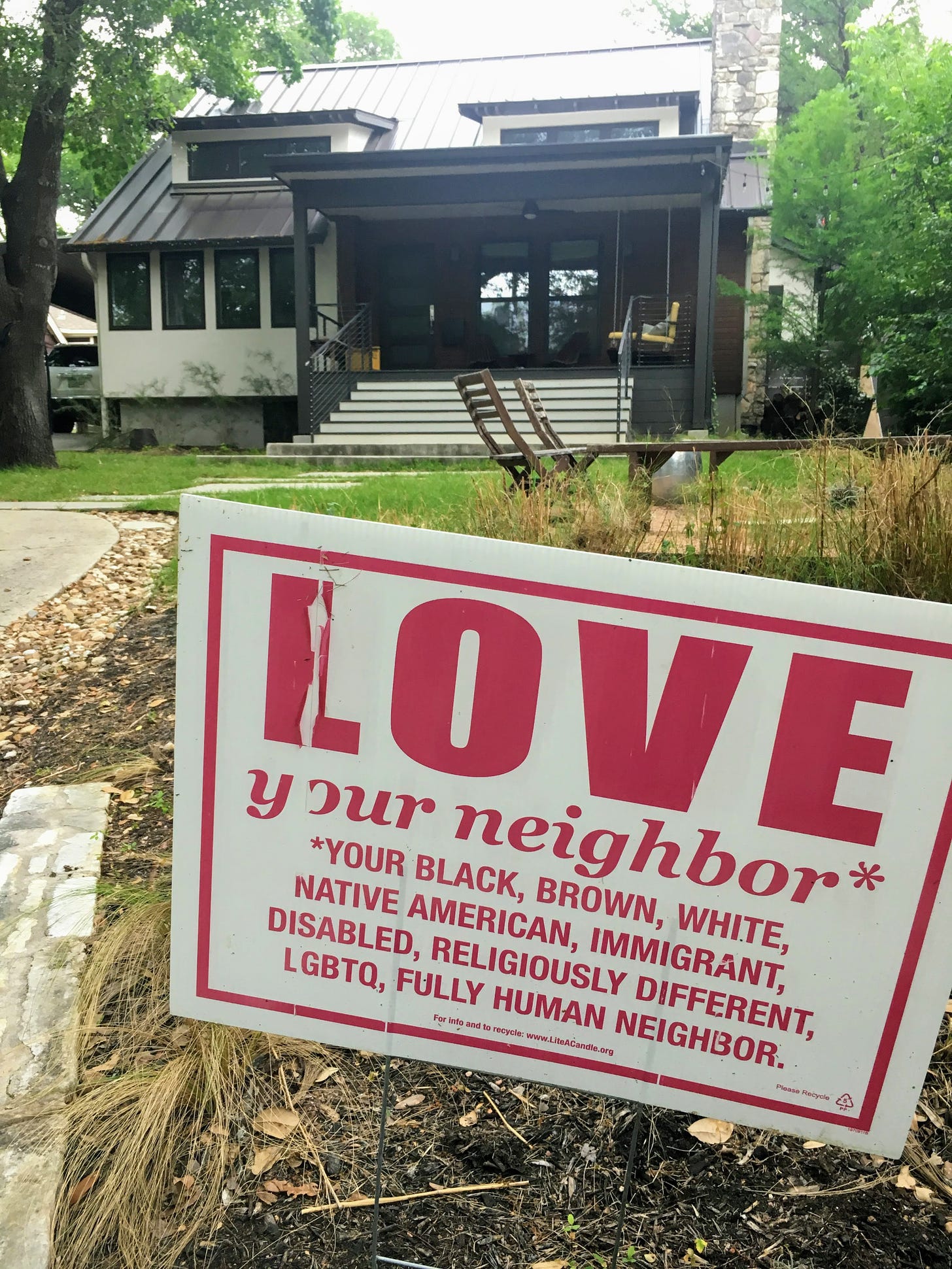
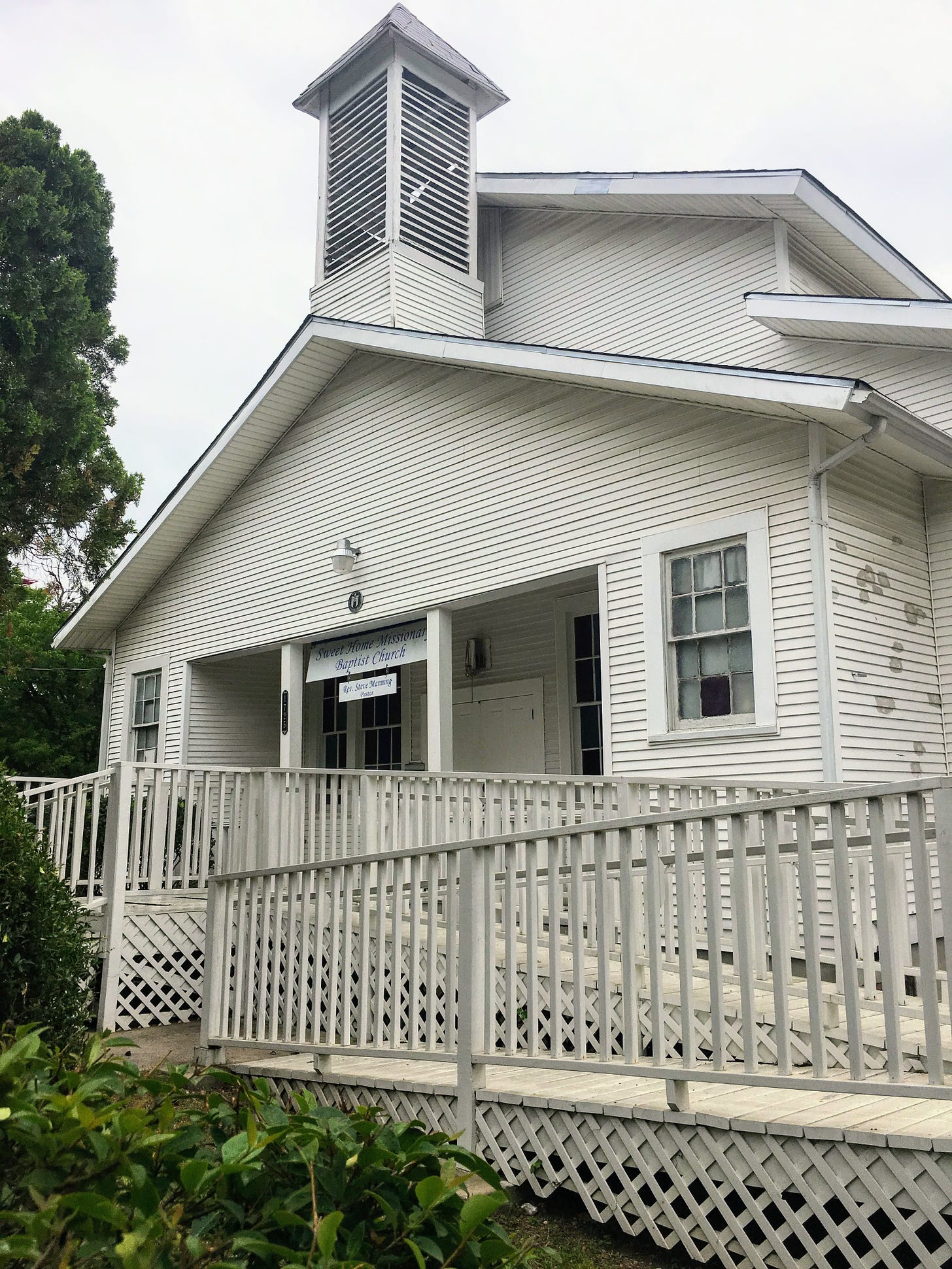
Incredible work and writing and photos Addie- so glad I read even though it makes me late to appt… forwarded to two interesting men I know who live in Clarksville - will let you know what evolves but meantime KEEP KICKING BUTT!
That was such a great article about Clarksville. I remember when the roads were dirt and the promises that were made to neighborhoods about Mopac before it was built. They promised that trucks would never drive on it. I also remember when the train track crossed Windsor. We went to O'Henry and Austin High with kids that lived in Clarksville. It felt very small town back then. Thanks for a beautifully written article.